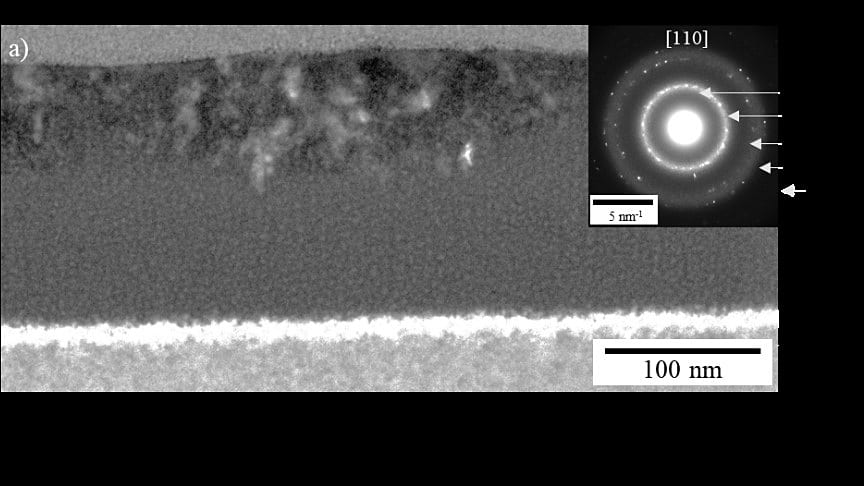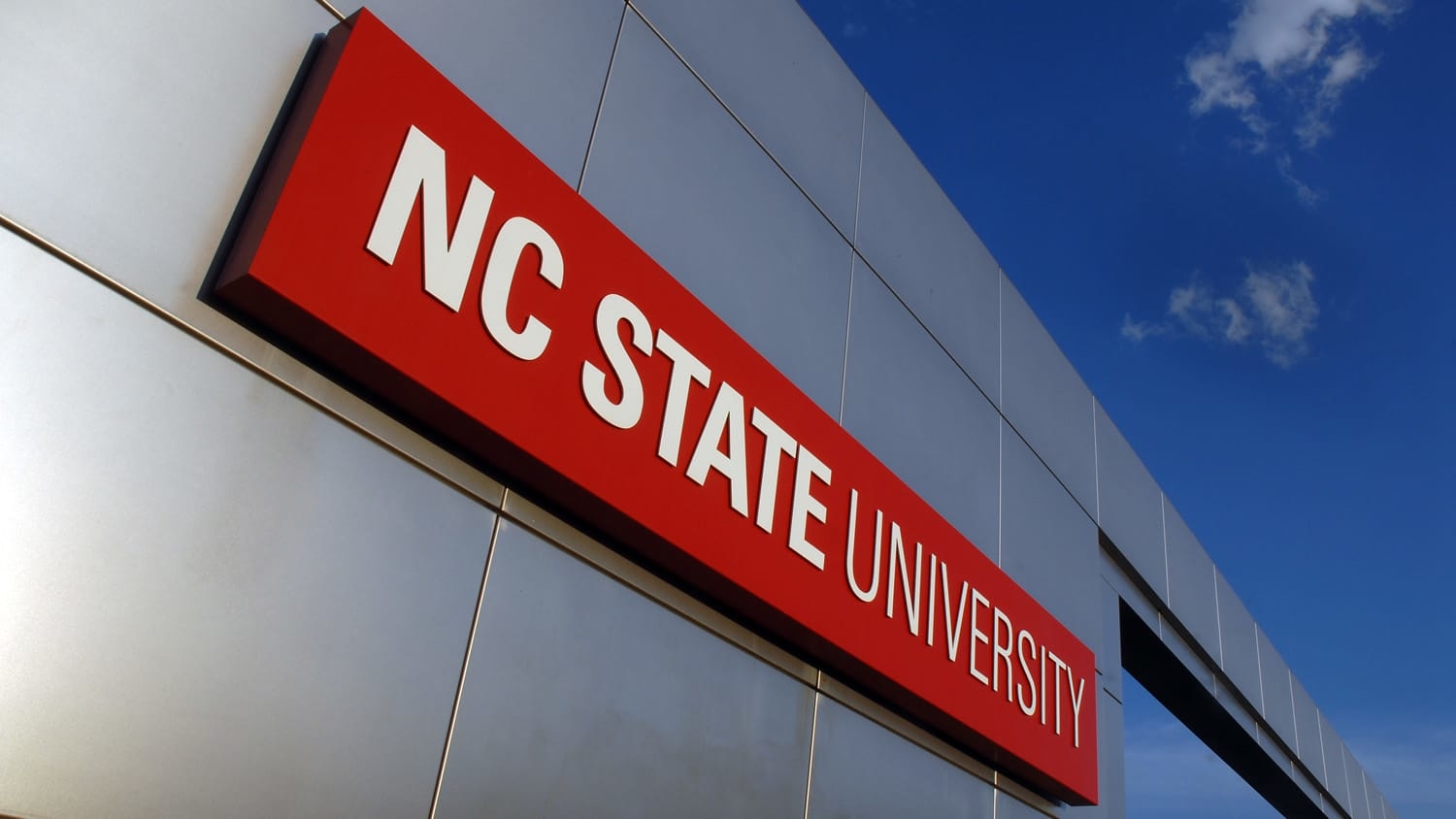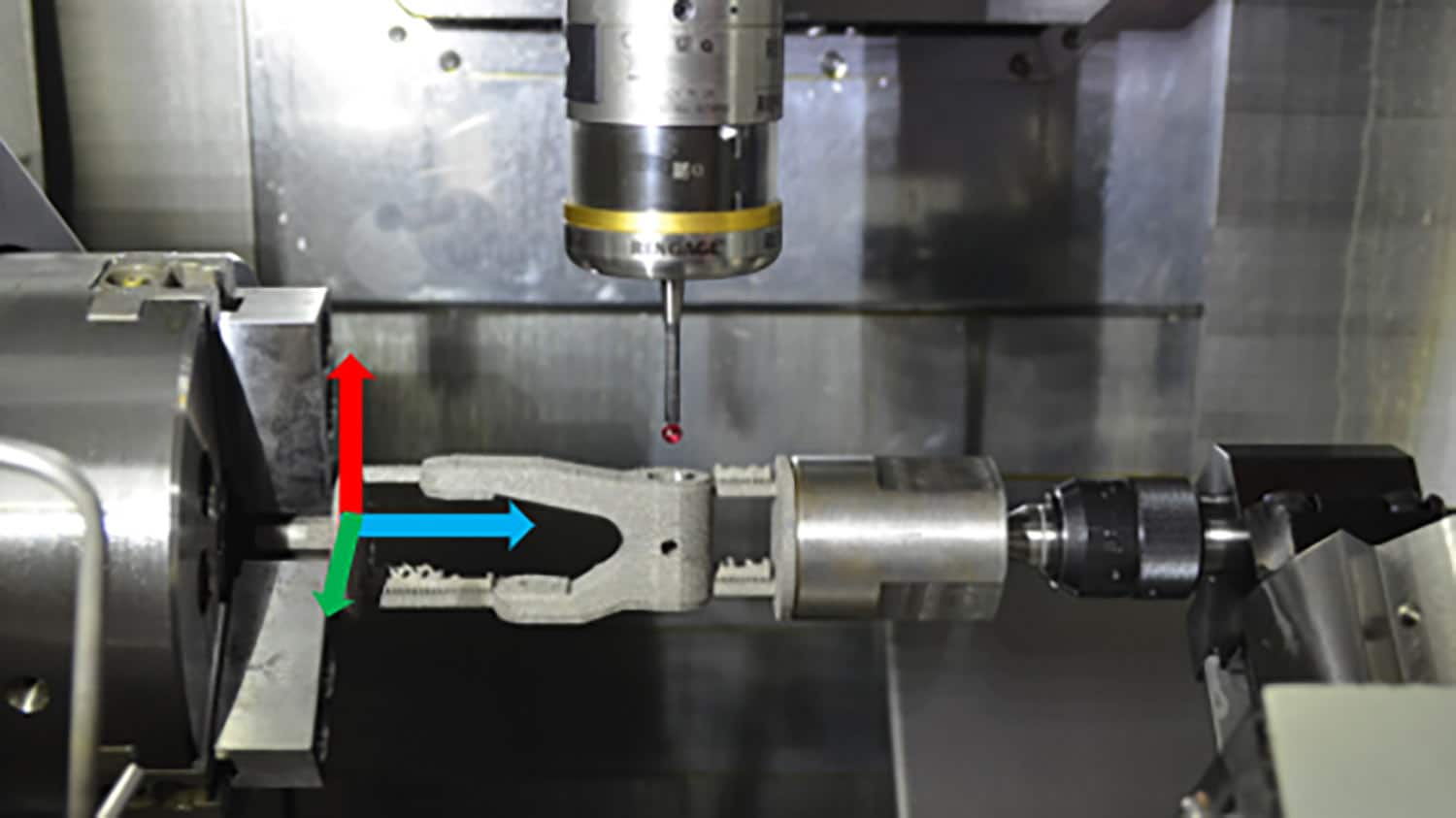Quantum Computing Could Get Boost From Discovery of Q-Silicon

For Immediate Release
Researchers at North Carolina State University have discovered a new distinct form of silicon called Q-silicon which, among other interesting properties, is ferromagnetic at room temperature. The findings could lead to advances in quantum computing, including the creation of a spin qubit quantum computer that is based on controlling the spin of an electron.
“The discovery of Q-silicon having robust room temperature ferromagnetism will open a new frontier in atomic-scale, spin-based devices and functional integration with nanoelectronics,” said Jay Narayan, the John C. Fan Family Distinguished Chair in Materials Science and corresponding author of a paper describing the work.
Ferromagnetism in materials outside of transition metals and rare earths has excited scientists worldwide for a long time. This is because spin-polarized electrons can be used to process and store information with atomic resolution. However, materials with even numbers of electrons, such as carbon and silicon, without unpaired spins were not considered seriously in terms of bulk ferromagnetism. The dangling bonds in bulk carbon and silicon materials usually reconstruct and eliminate sources of unpaired electrons.
The NC State researchers showed that laser melting and quenching silicon can result in the formation of Q-silicon. The entire process is completed in less than a fraction of a microsecond, or millionth of a second. Narayan pioneered the use of lasers to create new materials with novel properties in work spanning more than four decades.
Besides ferromagnetism, other Q-silicon properties of interest include enhanced hardness and superconductivity, Narayan says.
“This discovery of Q-silicon stands to revolutionize modern microelectronics by adding new functionalities, such as spintronics, or spin-based quantum computing,” Narayan said. “Modern microelectronics is based upon the charge of an electron, making them relatively slow with limited mobility. By using Q-silicon, we make use of the spin of the electron, making computers much faster with negligible power consumption.
“In short, Q-silicon provides an ideal platform for integration of spintronics with microelectronics on a chip.”
The study appears in Materials Research Letters. Roger Narayan, Distinguished Professor of Biomedical Engineering at NC State, co-authored the paper along with Siba Sahoo and Naveen Joshi, who are graduate students in the Department of Materials Science and Engineering at NC State. Funding was provided by the National Science Foundation under grants 1836767, 2029974 and 2016256. NC State has filed for a U.S. patent on the Q-silicon discovery.
-30-
Note to editors: The abstract of the paper follows.
“Synthesis and novel properties of Q-silicon”
Authors: Jagdish Narayan, Siba Sundar Sahoo, Naveen Joshi and Roger Narayan, North Carolina State University
Published: June 21, 2023, in Materials Research Letters
DOI: 10.1080/21663831.2023.2224396
Abstract: We report discovery of Q-silicon with atomic density 60% higher than crystalline silicon, while keeping the bonding characteristics the same as normal silicon. Distinct amorphous phases are created, when one, two or three tetrahedra are randomly packed, and a crystalline phase of Q-silicon is formed, when subunit cells are arranged along <110> directions with alternate holes. Nanosecond laser melting of amorphous silicon in undercooled state and quenching have created Q-silicon with robust ferromagnetism compared to diamagnetism of silicon. The blocking temperature of Q-silicon is estimated to be over 400K, thus opening a new frontier for spin-based computing and atomic-level storage.


